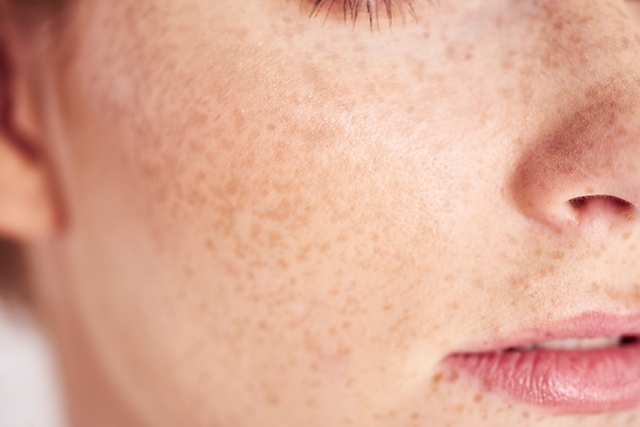The skin is considered to be the largest organ in the body. Acting as a multifunctional barrier between the body and the external environment, it produces vitamin D, regulates the temperature of the body and is the source of many sensations due to its many receptors.
Page updated on 15 January 2024

 The skin is made up of several layers placed one on top of the other:
The skin is made up of several layers placed one on top of the other: